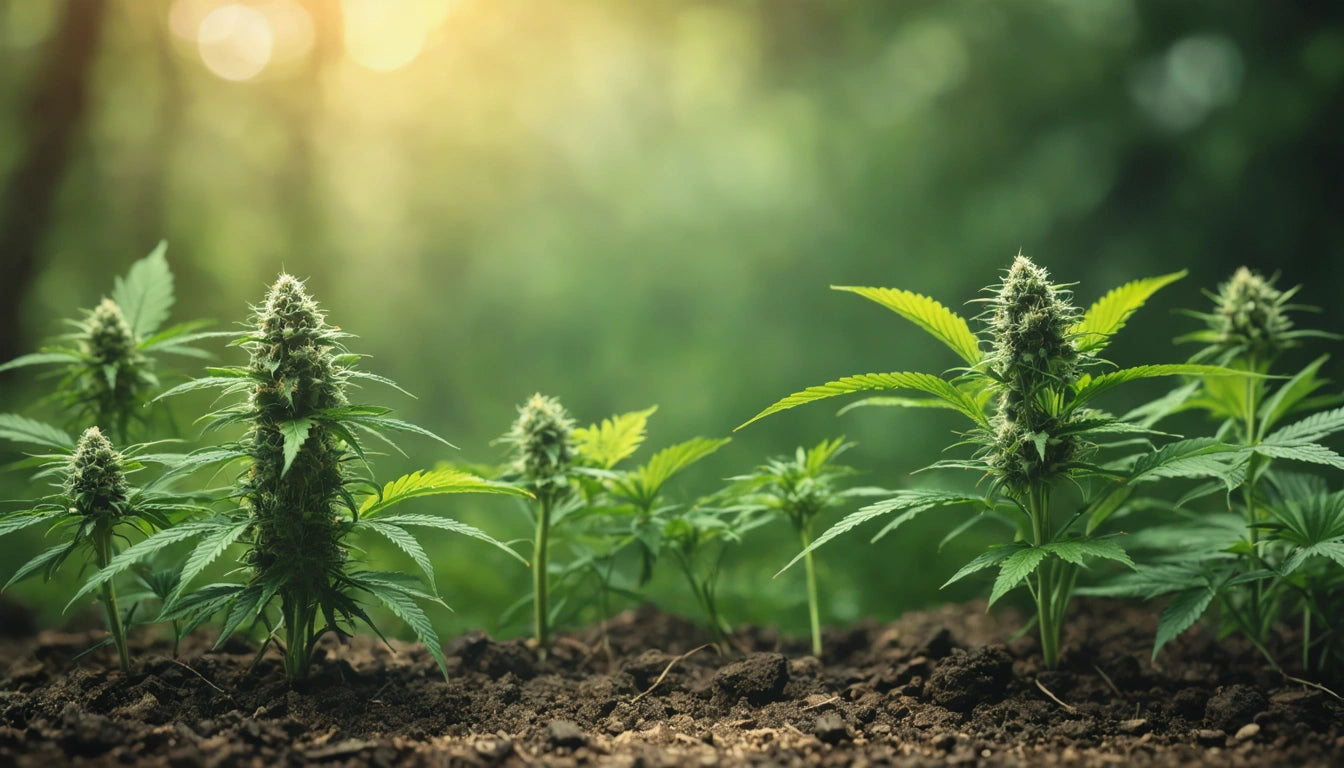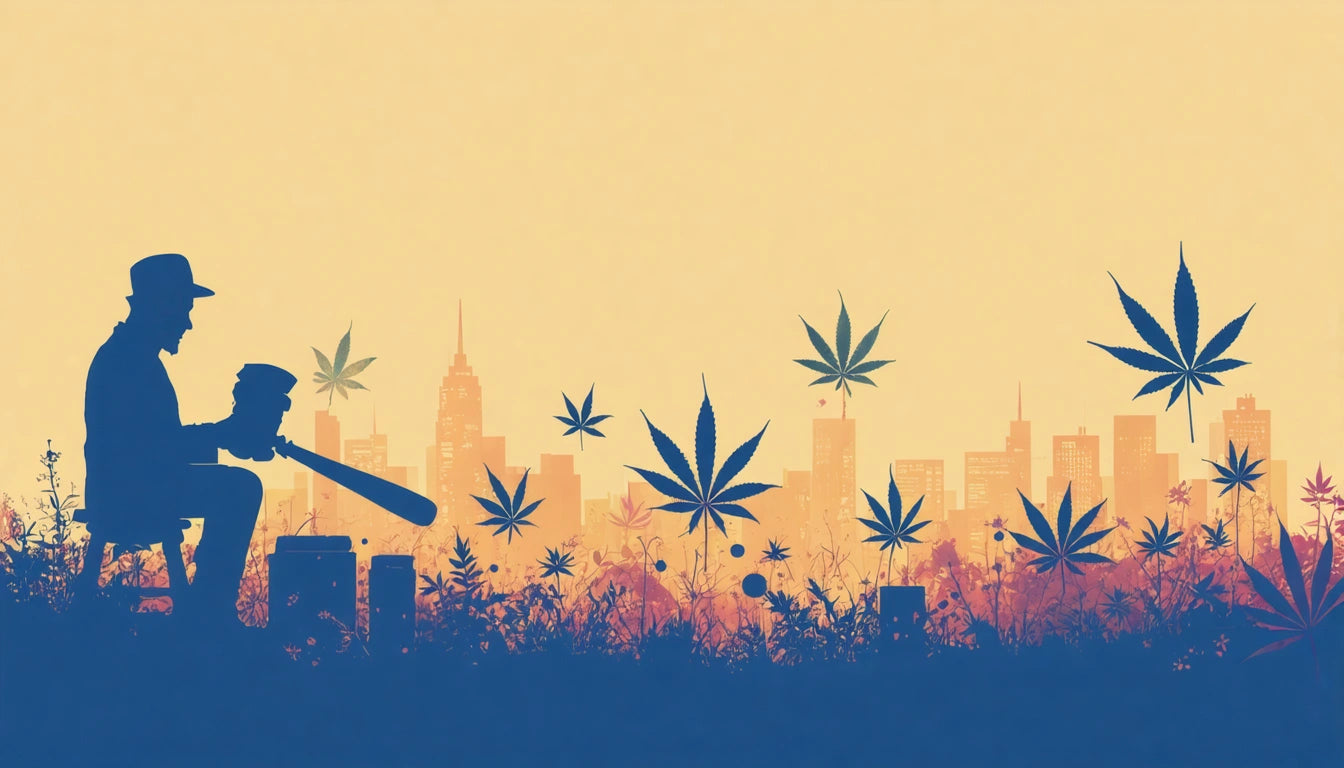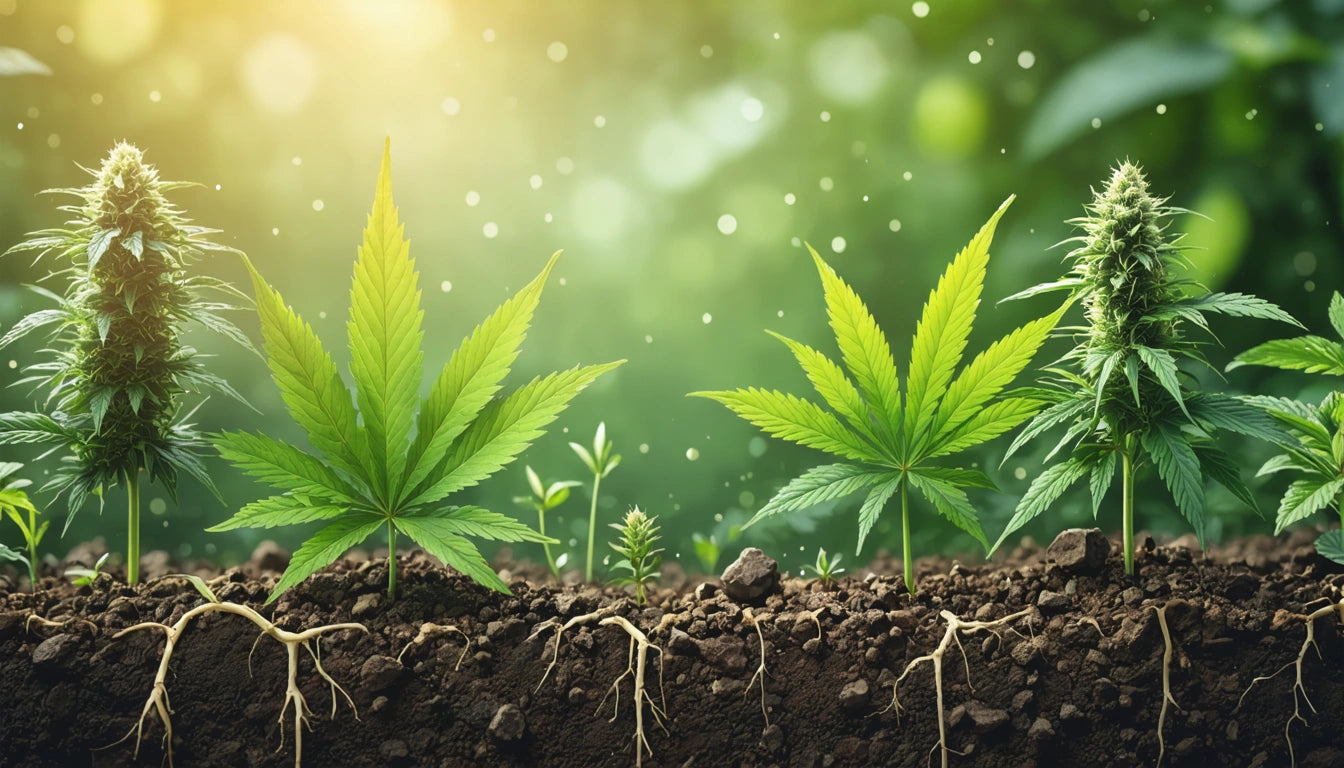Table of Contents
- What Being High Means: Defining the Cannabis Experience
- Effects of Being High: Physical and Mental Changes
- Body High vs Mind High: Understanding the Differences
- Factors Affecting Your High: Potency, Tolerance, and Environment
- Enhancing or Reducing Your High: Practical Approaches
- Navigating Your Cannabis Experience: Awareness and Enjoyment
Understanding the Experience and Effects of Being High: A Comprehensive Guide
The cannabis experience, commonly referred to as "being high," varies significantly from person to person. Understanding what being high means can help consumers navigate their experiences more effectively and make informed decisions about consumption. This guide explores the nuances of cannabis effects, from the initial euphoria to the physical sensations that characterize different types of highs.
What Being High Means: Defining the Cannabis Experience
Being high refers to the altered state of consciousness produced when cannabinoids, primarily THC, interact with the endocannabinoid system in our bodies. This experience can range from subtle mood enhancement to profound sensory changes. The term "getting high" describes the process of consuming cannabis to achieve this altered state.
A euphoric high, often sought by recreational users, is characterized by feelings of joy, relaxation, and sometimes heightened sensory perception. What does being high feel like varies widely, but many users report a sense of well-being and altered perception of time.
Effects of Being High: Physical and Mental Changes
Physical Effects
The physical effects of being high may include:
- Increased heart rate
- Dry mouth ("cottonmouth")
- Red eyes
- Altered coordination
- Increased appetite ("the munchies")
Mental Effects
Mental effects often include:
- Altered sensory perception
- Changed sense of time
- Increased creativity or thought association
- Reduced anxiety (in some cases)
- Short-term memory changes
Understanding what being high looks like can help consumers recognize when they've reached their desired state or perhaps consumed too much.
Body High vs Mind High: Understanding the Differences
Cannabis experiences are often categorized into two primary types: body high and mind high (or cerebral high).
Body High
A body high primarily affects physical sensations. Users often describe it as:
- A weighted feeling or pleasant heaviness
- Muscle relaxation
- Pain relief
- Tingling sensations
Indica-dominant strains are typically associated with stronger body highs, making them popular choices for evening use or pain management.
Cerebral High
A cerebral high affects cognitive processes and mood, often characterized by:
- Enhanced creativity
- Energized thinking
- Heightened sensory awareness
- Euphoria or mood elevation
Sativa-dominant strains typically produce more pronounced cerebral effects, making them popular for daytime use.
Factors Affecting Your High: Potency, Tolerance, and Environment
High Potency
What is high potency in cannabis? Generally, products with THC concentrations above 20% are considered highly potent. Higher potency products typically produce stronger effects, especially in inexperienced users. When storing these potent products, proper storage containers like mylar bags can help maintain their potency by protecting against light, air, and moisture degradation.
Tolerance Levels
High tolerance develops when regular cannabis users require larger doses to achieve the same effects. Factors affecting tolerance include:
- Frequency of use
- Quantity typically consumed
- Individual metabolism
- Method of consumption
Environmental Factors
The setting and circumstances of consumption significantly impact the experience. A comfortable, familiar environment typically promotes a more positive experience, while stress or unfamiliar surroundings may contribute to anxiety or paranoia.
Enhancing or Reducing Your High: Practical Approaches
Understanding what enhances your high or what makes you less high can help users manage their experience effectively.
Enhancing Effects
Some factors that may enhance cannabis effects include:
- Consuming mangoes before use (contains myrcene)
- Using with certain terpenes
- Taking tolerance breaks
- Changing consumption methods
For more detailed information, explore tips for maximizing your high.
Reducing Effects
If you've consumed too much, these approaches may help reduce the intensity:
- Consuming CBD
- Hydrating with water
- Eating food (especially citrus fruits)
- Focusing on calm breathing
- Resting in a quiet environment
Navigating Your Cannabis Experience: Awareness and Enjoyment
Understanding the stages of being high can help consumers better navigate their experience. Typically, cannabis effects follow a pattern:
- Onset (5-30 minutes for inhalation, longer for edibles)
- Ascent (building intensity)
- Peak (maximum effects)
- Descent (gradual reduction in effects)
- After-effects (subtle lingering sensations)
Learning how to recognize if you're high involves developing self-awareness about these stages and your body's responses.
Many wonder why people like being high. Common reasons include stress relief, enhanced sensory experiences, creative inspiration, and social connection. When approached mindfully, cannabis can offer a range of experiences from therapeutic relief to recreational enjoyment.
For those seeking to enhance their experience, exploring activities while high can lead to more enjoyable and meaningful sessions.
Understanding what being high means to you personally is ultimately a subjective journey. With knowledge about the effects, differences between types of highs, and factors that influence your experience, you can make more informed choices about your cannabis consumption.











Leave a comment
All comments are moderated before being published.
This site is protected by hCaptcha and the hCaptcha Privacy Policy and Terms of Service apply.